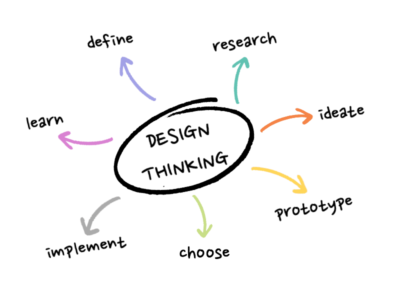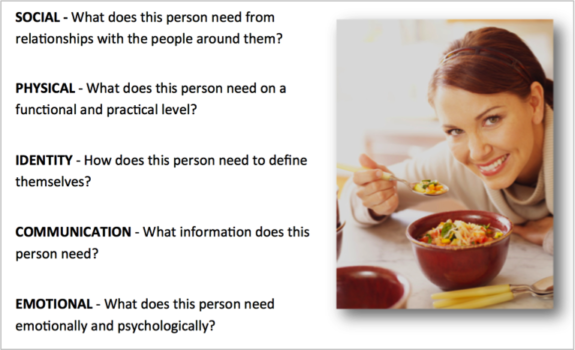
Increasingly, we are all coming to the realization that historical methods are becoming less effective at generating new possibilities for growth in this era of disruption.
We frequently hear our client partners say “we want new approaches and techniques to solve our shopper marketing challenges.”
At Pearl, Design Thinking has been an effective approach to driving successful business results for our client partners.
Design Thinking, simply put, is a “human centered” methodology or approach to innovation.
And here’s how you can use it:
The approach starts with gaining a really deep understanding of your customer through their shopper journey. In addition to understanding how they functionally shop the category, it is important to go beyond and discover the role of your brand and shopping in their lives. By doing this you will uncover unmet needs which will help you generate new possibilities along the shopping journey.
Note: these exercises work best by leveraging a workshop format with key stakeholders
Exercise 1 – Listen to Stories
Connect with the customer through qualitative research or 1-on-1 interviews. Ask them broader questions that will help you get to unfulfilled needs. For example, if you are trying to find insights about how shoppers shop your category, ask consumers what shopping means to them. Also, ask them to bring pictures and tell stories about the ideal shopping experience.
Whether observing focus groups or the 1-on-1 interview, the participating client partners should capture insights on POST IT notes. One insight per POST IT.

Exercise 2 – Mine for Insights
After capturing insights we suggest participants gather in a workshop to share and build on the insights from Exercise 1. With many POST IT notes in hand, the team should cluster related areas to try to find emerging patterns. Each cluster is then given a name. The cluster with name should point the team to a specific need or area of opportunity in the shopping journey.

Exercise 3 – Develop a Persona
Using the related themes from the insight mining, create a profile of the customer. Using the S.P.I.C.E. framework you will be focusing on the needs of the person at a human level. This will help you create a solution that is relevant and more meaningful. Articulate the needs across the five areas including: Social, Physical, Identity, Communication and Emotional.

Exercise 4 – Generate Ideas
Now is the point in time where your team should explore new possibilities. Using the opportunity areas generated in Exercise 2, ideate possible solutions. In addition, using the S.P.I.C.E framework from Exercise 3, one need at a time, generate as many possible ideas as you can to optimize the shopping journey. Cluster your ideas into related areas and summarize the cluster with a theme title. As a team, prioritize a few ideas to articulate in more detail.

Exercise 5 – Experience Design
Once you have your priority ideas in hand, map out how your consumer will discover, learn and interact with the idea through their shopping journey. This helps you bring the shopping journey to life and allows you to address unmet needs, identify potential gaps and amplify the aspects of the experience that could be stronger.
More specifically:
• Plot the stages of the shopping journey along the timeline
• Build out the experience (the P.O.E.M’s framework is a great tool to use)
• Visualize the experience and create a story

Exercise 6 – Co-Creation & Iteration
Now is the time to bring your concept to life. As a team, build a prototype of the new shopping journey. This can just be a drawing or pictures etc.) that brings the new shopping journey granularity. Bring back some customers and share the new shopper journey concept with them to gain their feedback. Communicate the journey by telling them a story. Ask customers what is working and what is not working. What could be better? Refine the idea based on the feedback.

Exercise 7 – Synthesis
As a team develop a summary paragraph about your new shopping journey. This will be used internally to help you communicate your new opportunity to key stakeholders who will ultimately be helping you to execute the new opportunities. Articulate the new shopping journey by answering the following questions:
What is the inspiration?
What is the main idea?
What is the value to the customer?
What is the value to your organization?

Exercise 8 – Design Elements & Capabilities
Finally, solidify your ability to execute the new opportunities along the shopper journey by identifying key components of the new experience that need to be built out. Identify the design elements typically products, services, policies, procedures or programs. Also, identify capabilities required, including the approach you are willing to consider (in house, borrow or buy)

By leveraging these key elements of Business Design, you will be well on your way to solving your shopper marketing challenges.




